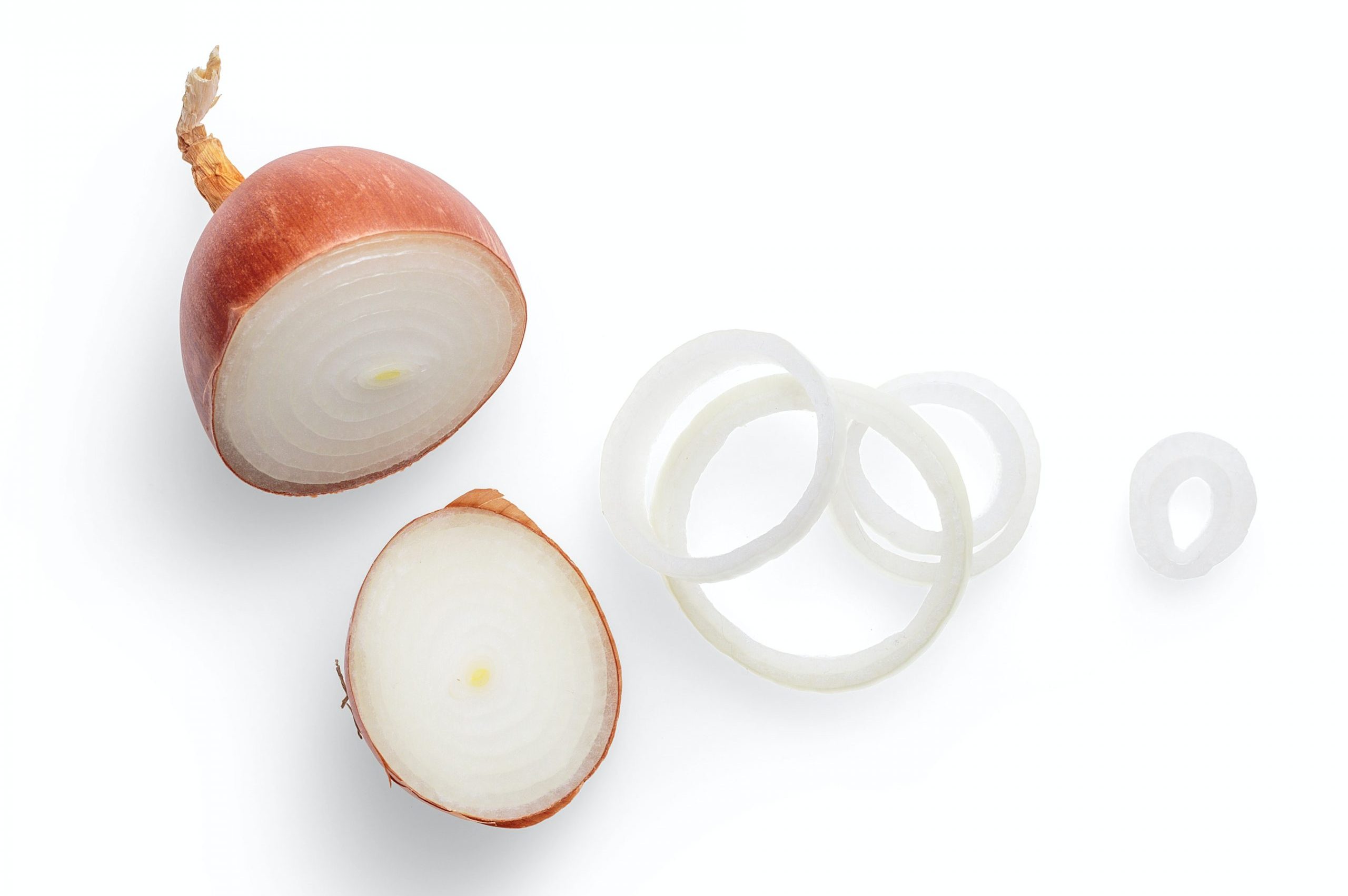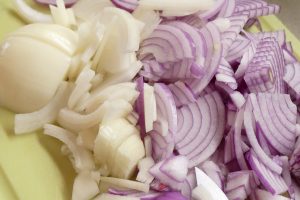
What white vegetables and fruits lack in color, they make up for in nutrients, including phytonutrients. It’s a key reason why the scientists behind the Nutrilite brand don’t overlook this color group in their quest for health-promoting plant compounds. We can include onions in the mix because it’s an important white vegetable for all the right reasons.
Many of you know I’m passionate about eating a plant-based diet, not only for personal health but for the health of the planet. But to get the most out of our plant foods, we need to prepare them in the right way. This is especially true for onions.
The good news is you can more fully harness the health-benefits from onions with three simple habits:
- Use all of the onion, particularly the outermost layers, to preserve antioxidants
If you’re like many people, not only do you peel away the paper-thin outer skin, you also peel off a few of the outermost layers of the onion. If so, you’re missing out on big antioxidant benefits.
University researchers recently did a deep dive into the antioxidant capacity of onions to find that, by far, the outermost layers were the best. With each standardized method they used, the results were the same. The outermost layers of the onion bulb had significantly more antioxidant capacity than the deeper middle or inner layers. This was especially true for white onions.
So, just peel off that paper-thin skin and keep all those outermost layers to retain as much of the antioxidant benefits as possible.
2. Cut onions to release sulfur-containing compounds

Be sure to chop, slice, or dice onions before cooking. Why? This activates alliinase, the enzyme needed to release the sulfur-containing compounds shown to have health-promoting benefits. Like any enzyme, high cooking temperatures destroy alliinase and its ability to release these beneficial compounds.
In one study, researchers found that cooking a whole onion in either a convection oven for 20 to 30 minutes or in a microwave for about one minute resulted in a 5-fold reduction in sulfur compounds. By contrast, when the onions were crushed first, they retained the same levels of total sulfur compounds as raw onions — even after convection oven or microwave cooking.
So chop away, and maybe wait a few minutes before cooking to give the enzyme plenty of time to work.
Whatever time of year, you’re sure to find a variety of onions to your liking at your local farmer’s market or grocery produce aisle. Go for flavor, and you’ll be more likely to eat onions more often. This is important because no matter how food is prepared, it’s not nutrition until you eat it. So, make it easy on yourself by choosing a variety that you enjoy.
If you like more mild flavors, stick with white onions. White onions are typically mild and sweet with little to no after-taste. Plus, white onions tend to retain their mellow flavor when cooked. Yellow onions are also mild and sweet and a good all-purpose onion. Red onions are the most spicy and pungent, which is why you often see them pickled or roasted.
The bottom line
Onions are one white plant food that can add zest to a wide range of dishes from soups to sandwiches to salads and beyond. But it’s when you prepare them right that you’ll release their full body benefits.
If you’re not a fan of onions or don’t eat them often, you may be pleased to know that you can help fill the nutrient gap with Double X™ supplement. Each daily serving not only delivers beneficial phytonutrients from over 20 plants in all five color groups – including white – it also includes onion extract. This phytonutrient advantage may be one reason why so many dietary-conscious consumers around the world make Double X™ supplement part of their regular routine.
I, for one, am happy to be in such good company.
The bottom line is you don’t want to overlook white foods when you think about phytonutrients. They may look bland, but they deliver exciting health benefits, but only when you eat them.
And, now is a great time to start!
Cheers,
![]()
P.S. Don’t forget to subscribe to our RSS feed and have blog posts delivered right to your inbox.

Very interesting information. Especially those with sulfur content in the onion layers. Thank you